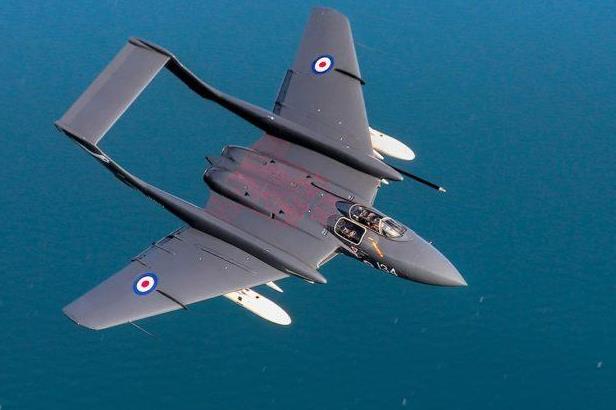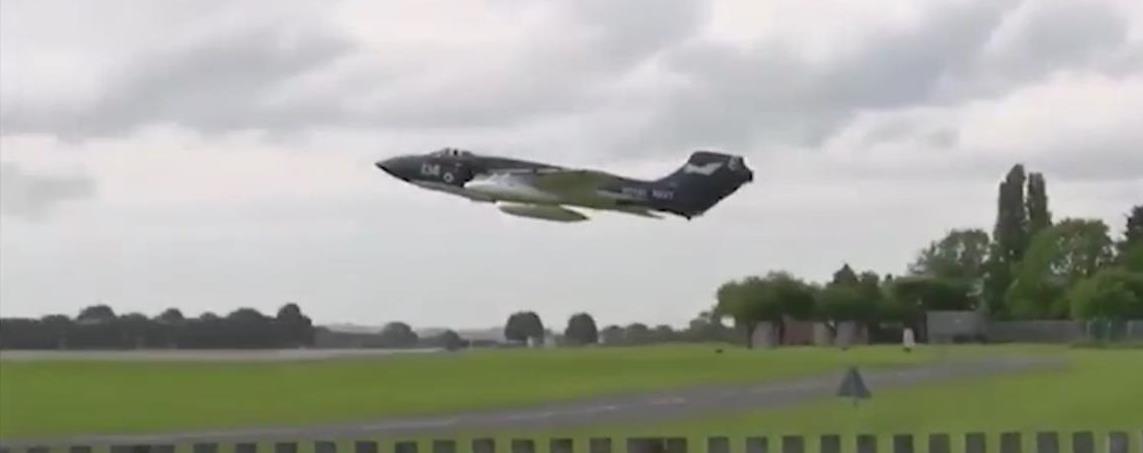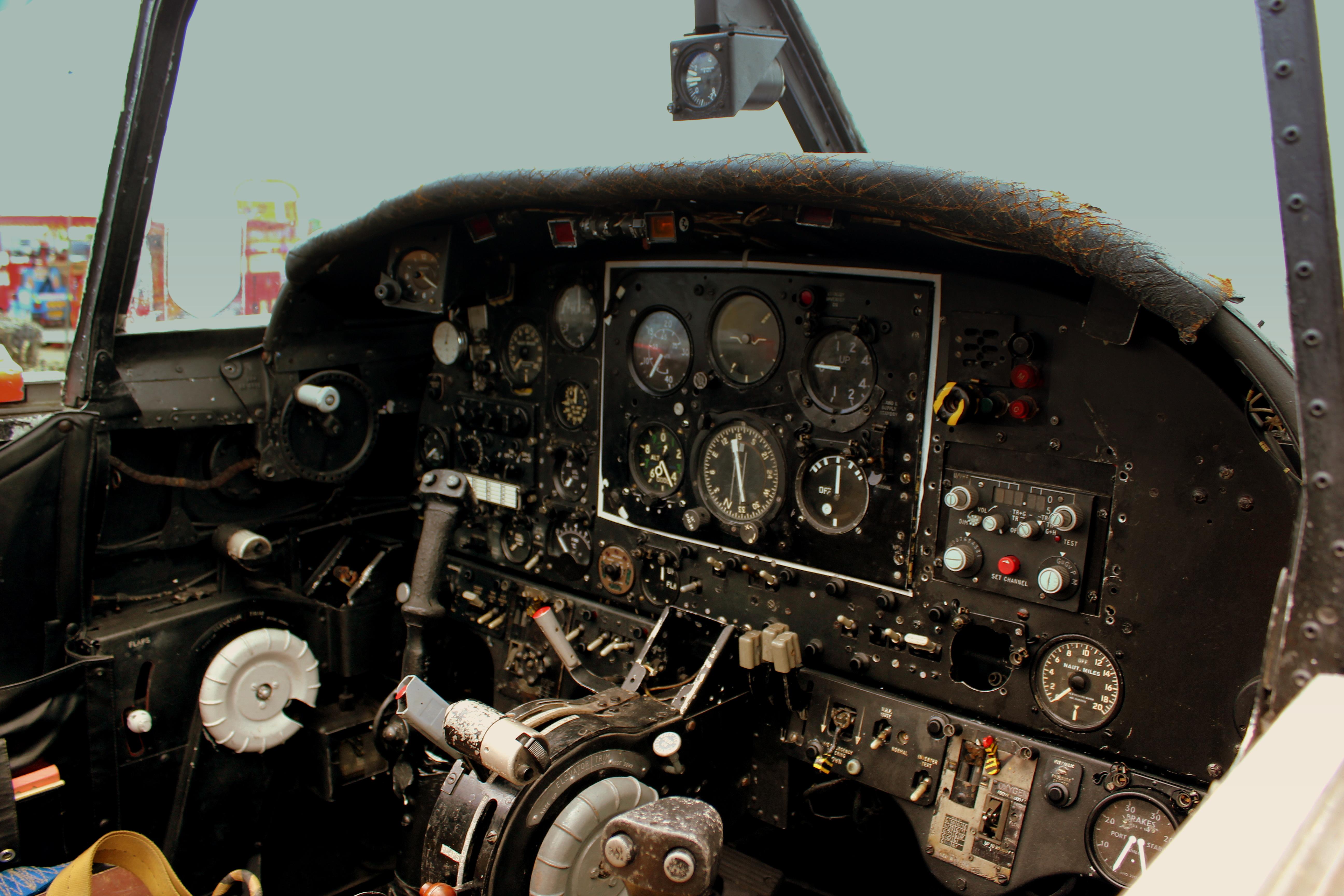S'sonic
Stealth
Menu
A free template by Lucknowwebs.com for WYSIWYG WebBuilder 8
Powered by Sispro1-S
Nigel G Wilcox
Paragon Of Space Publication
© Copyright Reserved - United Kingdom
Ideal Screen Composition 1024 x 768
SITEMAP
PSEUDO SCIENCE
SCIENCE RESEARCH
ABOUT
Desk
Supersonic
Stealth
Study
Menu
MAIN INDEX
Fastest Air Planes
Space
Transport
Menu
de Havilland Sea Vixen
Maiden flight: 26 Sep 1951, Length: 55.58 ft, Retired: 1972, Passengers: 2, Introduced: Jul 1959, Manufacturer: De Havilland
The de Havilland DH.110 Sea Vixen is a British twin-engine, twin boom-tailed, two-seat jet fighter flown by the Royal Navy's Fleet Air Arm during the 1950s through the early 1970s. The Sea Vixen was designed by the de Havilland Aircraft Company during the late 1940s at its aircraft factory in Hatfield, Hertfordshire. It was developed from an earlier first generation jet fighter, and the Sea Vixen was a carrier-based fleet air-defence fighter that served into the 1970s. Initially produced by de Havilland, it was later called the Hawker Siddeley Sea Vixen after the de Havilland Company was absorbed by the Hawker Siddeley Corporation in the year 1960.
Role: Carrier-based fighter
National origin: United Kingdom
Manufacturer: de Havilland
First flight: 26 September 1951[1]
Introduction: July 1959
Retired: 1972
Primary user: Royal Navy
Number built: 145
General characteristics
Crew: Two, pilot and Observer
Length: 55 ft 7 in (16.94 m)
Wingspan: 51 ft 0 in (15.54 m)
Height: 10 ft 9 in (3.28 m)
Wing area: 648 ft² (60.2 m²)
Empty weight: 27,950 lb (12,680 kg)
Loaded weight: 41,575 lb (18,860 kg)
Max. takeoff weight: 46,750 lb [61] (21,205 kg)
Powerplant: 2 × Rolls-Royce Avon Mk.208 turbojets, 50 kN (11,000 lbf) each
Performance
Maximum speed: Mach 0.91 (690 mph, 1,110 km/h) at sea level
Range: 790 mi (1,270 km) with internal fuel
Service ceiling: 48,000 ft (14,600 m)
Rate of climb: 9,000 ft/min (46 m/s)
Wing loading: 64.2 lb/ft² (313 kg/m²)
Thrust/weight: 0.54
Armament
Hardpoints: 6 and provisions to carry combinations of:
Rockets: 4 × Matra rocket pods with 18 × SNEB 68 mm rockets each
Missiles: 4 × Red Top or Firestreak air-to-air missiles
Bombs: 1 × Red Beard freefall nuclear bomb
Avionics
GEC AI.18 Air Interception radar
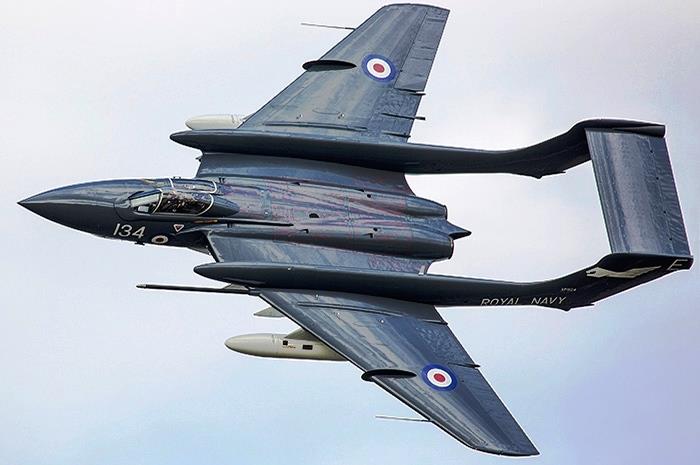
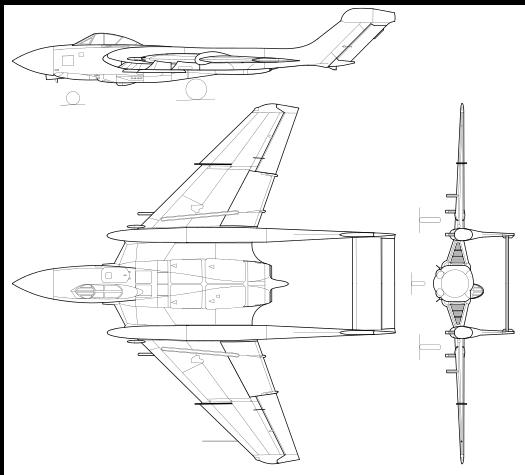
The Sea Vixen was born from 1947 specifications by the RAF for a night fighter and the RN for an all-weather fighter - in the Navy’s case to replace the Sea Venom. This resulted inter alia in the production by de Havilland of two DH 110 prototypes, both of which first flew in 1952. The RAF chose a rival, the Gloster Javelin as its night fighter, but de Havilland continued with the project leading to the placement of an RN order and the first of 119 Sea Vixen FAW1s was delivered in 1958. The first embarked unit was No 892 Squadron on HMS Ark Royal in March 1960.
The aircraft did not take part in any true wars during its career with the Fleet Air Arm though it took part in many operations. In 1961, President Abdul Karim Kassem of Iraq threatened to annex the neighbouring oil-rich state of Kuwait. In response to Kuwait's appeal for external help, the United Kingdom dispatched a number of ships to the region, including two fleet carriers. Sea Vixens aboard the fleet carriers flew patrols in the region, and Kassem's aggressive actions wilted in the face of the strong naval presence, thus averting a war over Kuwait.
In January 1964, trouble flared in the East African state of Tanganyika after the 1st and 2nd Tanganyika Rifles mutinied against the British officers and NCOs who, despite Tanganyika being independent, still commanded the regiment. The mutineers also seized the British High Commissioner and the airport at the capital Dar-es-Salaam. The UK responded by sending the light fleet carrier HMS Centaur, accompanied by 45 Commando, Royal Marines. The Sea Vixens, flying off Centaur, performed a number of duties including the providing of cover for the Royal Marines who were landed in Tanganyika by helicopters. The operation "to restore Tanganyika to stability" ended in success. That same year, Sea Vixens of HMS Centaur saw service once again in the Persian Gulf, including the launch of air strikes against rebel forces, this time supporting British forces fighting against locals disgruntled by the loss of tolls in the Radfan. Later in 1964, HMS Centaur's 892 Squadron Sea Vixens stationed off Indonesia, helped to prevent an escalation of President Sukarno's Indonesia-Malaysia confrontation.
Sea Vixens saw further service during the 1960s, performing duties on Beira Patrol, a Royal Navy operation designed to prevent oil reaching landlocked Rhodesia via the then Portuguese colony of Mozambique. The Sea Vixen also saw service in the Far East. In 1967, once again in the Persian Gulf, Sea Vixens helped cover the withdrawal from Aden. There were a number of Royal Navy warships involved, including the carriers HMS Albion, HMS Bulwark and HMS Eagle (carrying the Sea Vixens) and the LPD (Landing Platform Dock) HMS Fearless.
The Sea Vixen also flew in an aerobatic role, performing in two Royal Navy display teams: Simon's Sircus and Fred's Five.
Of the 145 Sea Vixens constructed, 55 were lost in accidents. Two DH.110 development prototypes were also lost. The 55 Sea Vixens lost represented a loss rate of almost 38%. 30 (54%) of these were fatal incidents, 21 of which involved the death of both pilot and observer.
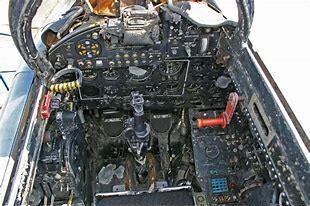
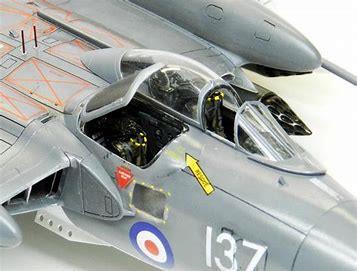
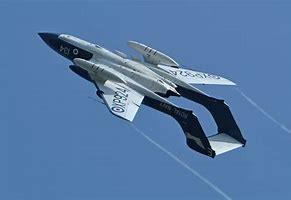
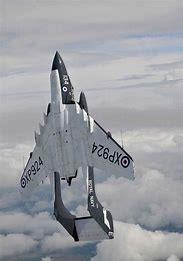
The visitor reading this site may wonder why there was so much loss of life among Sea Vixen Aircrew. The fact is, there were a great deal of lives saved.
The lives saved were thanks to Martin Baker Ejection seats. The ejection seat industry was evolving during the Sea Vixen era and was in the early stages of technology. While these large Sea Vixens of 18 tons were being operated from small 20,000 ton aircraft carriers designed for WW2 aircraft in dangerous circumstances, Martin Baker were doing ther utmost to save lives. Such was the concern for Royal Navy Aviators, they invented an Underwater escape system for accidents off the catapult launch. They company had an amazing speed of technology upgrade to their seats fitted in worldwide military aircraft. The sacrifices of their "Real Human Dummies" during the seat developement trials were truely heroic. Bernard "Benny" Lynch was the first live experimental ejectee on the 24th July 1946. He later withstood 16 more ejections and was awarded the British Empire medal.
The G forces limits of the human spine had to be tested to the limits. Early ejection seats were life savers, and ejectees often had spinal injuries. Later varients with rocket assist packs proved to a marshmallow ride and those who ejected in the morning would brush themselves down and fly again in the afternoon.
